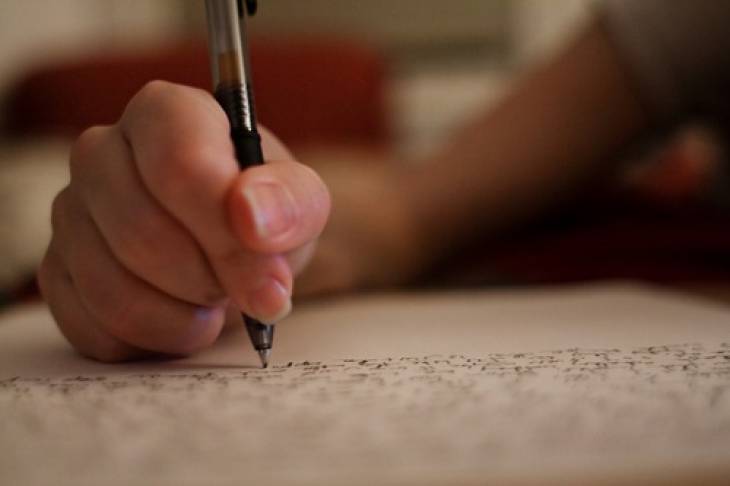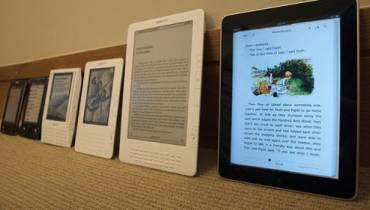How Writing By Hand Makes You More Creative

Photo: Rubin Starset/Flickr
To pen or to type, that is the question — actually for most writers nowadays, it’s an easy one to answer. Type, of course.
Why would you spend all that time slowly, illegibly writing down your racing, caffeinated thoughts down with pen and paper when that just means you are creating more work for yourself since you’ll have to transcribe it all later? If you can even read your own handwriting, that is.
When kids are learning to type on iPads before they can even write their own name with a crayon, what use is handwriting anymore? You may as well pick up a quill and scribe away on your scroll of parchment.
But if your writerly instincts are telling you to consider that quill, or shiny Parker pen, for the benefit of your creative powers, those instincts would be correct.
Various studies over the past couple decades have demonstrated that writing by hand makes use of large regions of the brain involved in language, thinking and working memory. So if your brain is getting more of a work out when you use your pen, it’s more likely your creative juices are flowing more generously as well.
If a case of writer’s block should ever strike the avid typist, writing by hand may be one effective solution. Picking up the pen frees you from the usual desk setup to sit anywhere you please, indoors or out, and you may find yourself in highly inspiring surroundings. When you write away from the computer, that means you can also escape that evil distraction known as the Internet.
In her essay Putting Pen to Paper, but Not Just Any Pen and Not Just Any Paper, writer Mary Gordon advocates well, pen and paper, in this way:
“Writing by hand is laborious, and that is why typewriters were invented. But I believe that the labor has virtue, because of its very physicality. For one thing it involves flesh, blood and the thingness of pen and paper, those anchors that remind us that, however thoroughly we lose ourselves in the vortex of our invention, we inhabit a corporeal world.”
It’s all about the thingness.
Because we now use the computer for work and so many other varied tasks in our daily life, sitting down before the screen and using the keyboard to write may remind you of those very things that don’t exactly scream of inspiration.
We take advantage of technology to better produce, manifest and share our art. But the real question is: At what point in your process of creation should you allow technology to enter in?
--- Originally published on CreativeLive




















